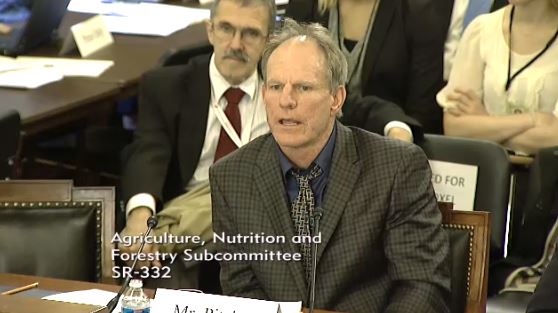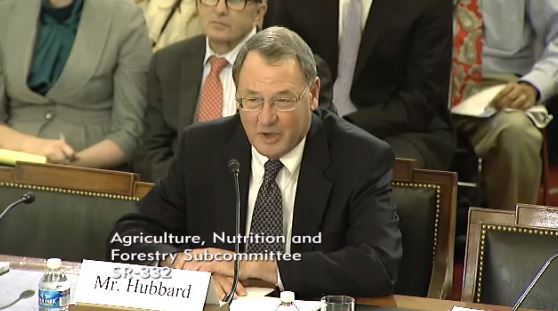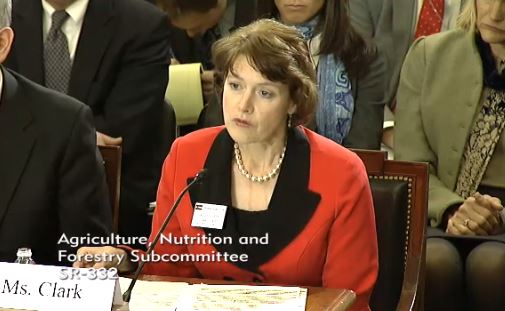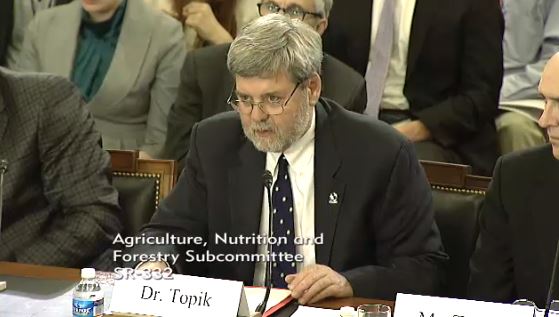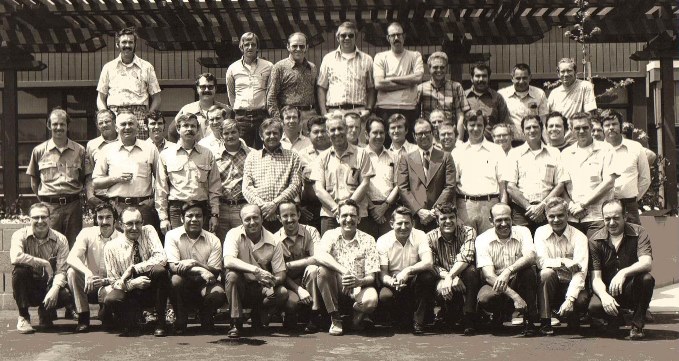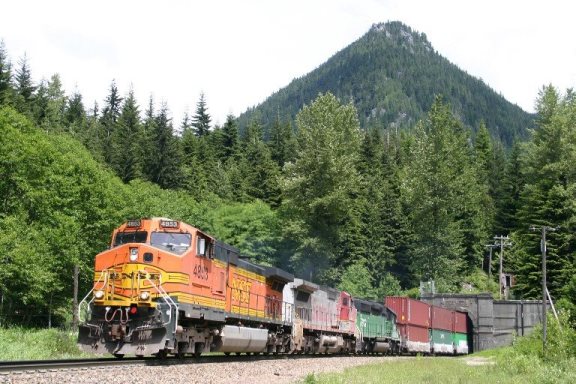
Railroads in the state of Washington get away with starting fires along their tracks because according to Joe Shramek, the Resource Protection Manager for the Washington Department of Natural Resources, they can’t take action against a railroad for starting a fire unless they can prove that: :
…the railroad acted deliberately, intentionally, and recklessly.
As we wrote in 2009 about the sorry state of affairs in Washington, that is a ridiculously high standard. In most states and on federal land, a deliberately-set fire is one thing, arson, and a fire that is unintentional but results from negligence is treated as a separate violation of the law. If the State of Washington can’t prosecute someone for negligently allowing a fire to start and/or burn public or private land, they need to amend their law.
King 5 in Seattle has been reporting on this for years, and identified over 200 fires in a 10-year period that were started by railroads in Washington. While the criminal system is sitting on their hands as railroads start fires in the state, three families used the civil system to sue the Burlington Northern Santa Fe (BNSF) railroad for starting a fire in 2007 that burned their homes. King 5 said the railroad is expected to pay a million dollar settlement when the details are finalized later this week in the lawsuit that was filed nearly five years ago.
Below is an excerpt from King 5:
A BNSF contractor was performing track maintenance, called grinding, in Skamania County in August of 2007. The grinding machine spews sparks and embers and it reportedly triggered several spot fires on the hot and windy August day.
In spite of this, the crew kept grinding and triggered a major fire near Broughton Mill in Skamania County. Video shows the flames racing up the Columbia River Gorge and destroying homes in the White Salmon area.
In 2009, the KING 5 Investigators identified the Broughton Mill fire as one of more than 200 wildfires sparked by railroad operations in Washington State in the previous 10 years. Critics said that some of these fires, like Broughton Mill, were preventable. Local cities and jurisdictions complained that they could not prevent hazardous railroading operations because the railroads are regulated by federal law.
The attorney for the three victims in the lawsuit declined to talk about the specifics of the settlement. But he did say his clients were glad to be at the end of a “…long, hard fight.”
“I’m hopeful that the railroads will abide by common sense and not do grinding or other dangerous railroad operations when the fire season is high,” said Spokane attorney Richard Eymann.
More information on Wildfire Today: Railroad-caused fires in Michigan and Washington – two different approaches



